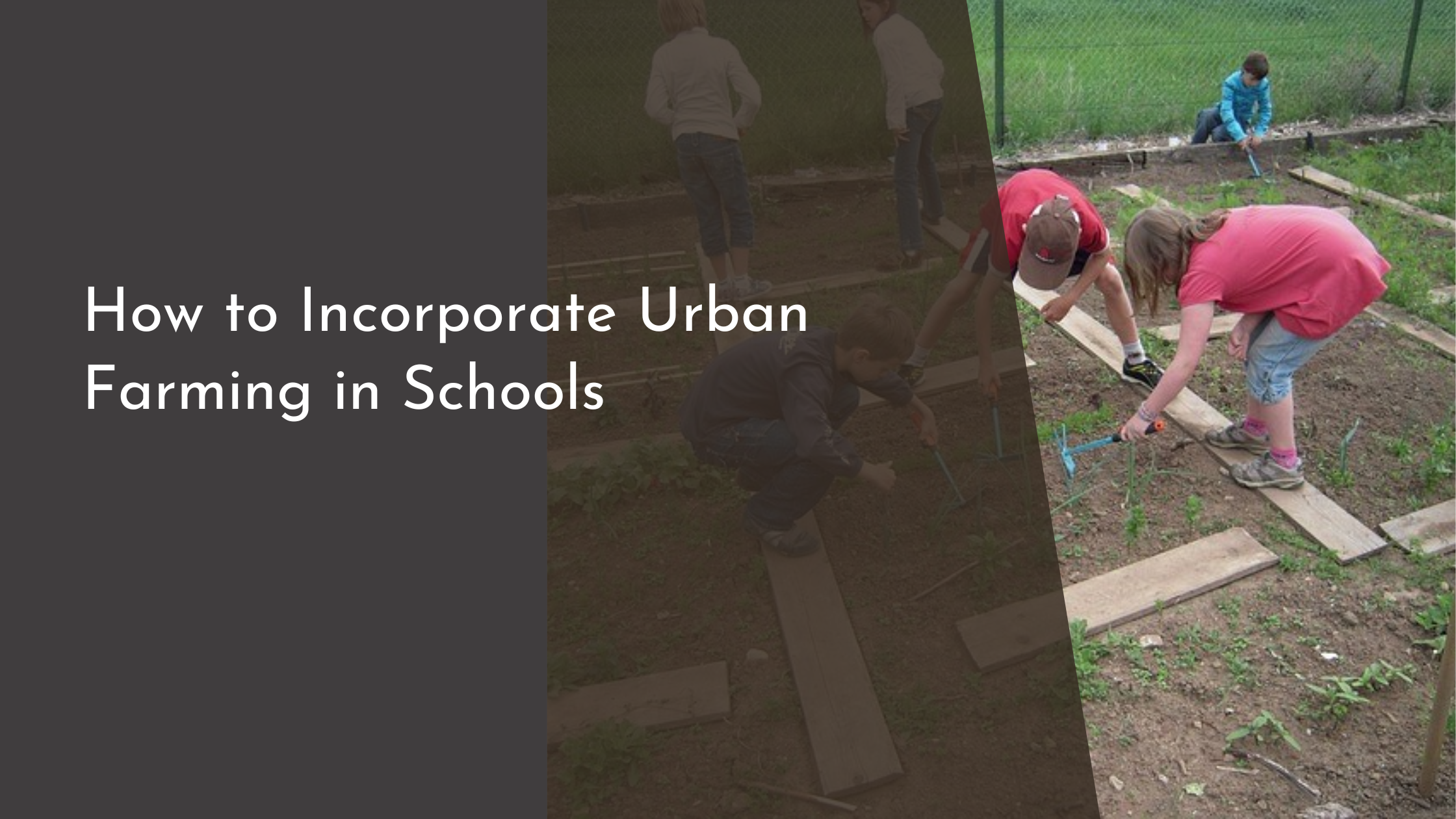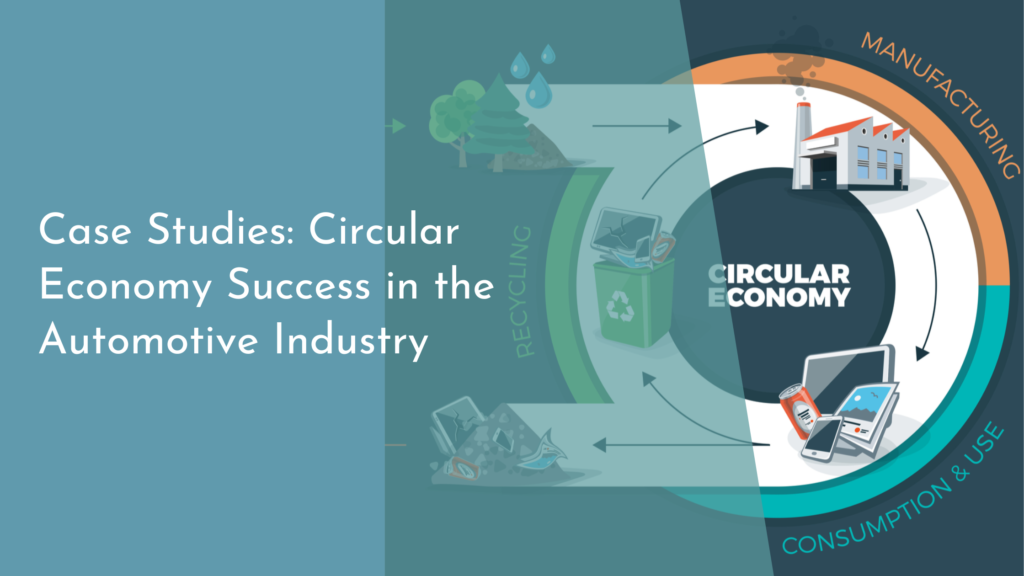How to Incorporate Urban Farming in Schools
Urban farming is blooming as a practical and educational initiative that schools can adopt to enhance learning experiences and foster sustainable practices. By integrating urban agriculture into schools, students not only learn valuable skills but also gain an appreciation for the environment and their community. This article explores the steps schools can take to successfully incorporate urban farming into their curricula.
Understanding the Benefits of Urban Farming
Urban farming in schools offers a plethora of benefits that extend beyond the obvious nutritional advantages. First and foremost, it serves as an excellent educational tool across various subjects. For example, students can learn about biology through plant growth cycles, math by calculating growth rates, and environmental science by understanding ecosystems. Moreover, it stimulates curiosity and critical thinking as students engage directly with the natural world, offering a contrast to traditional classroom learning.
Another significant benefit is the promotion of well-being and mindfulness among students. Nurturing plants requires patience and attention, which can help students develop a sense of responsibility and improve their focus. Gardening activities also provide a natural stress-reliever, offering a peaceful setting to unwind and reconnect with nature. In addition, urban farming can inspire healthier eating habits as students who grow their own food are more likely to appreciate nutritional meals and make conscious food choices.
Selecting the Right Space and Resources
Finding the ideal space for urban farming is crucial but need not be daunting. Schools can look for underutilized areas such as rooftops, courtyards, or even small patches of land beside buildings. When space is limited, vertical farming or container gardening can be effective alternatives, maximizing yield in confined areas. It’s important to assess light availability, accessibility, and safety to ensure the chosen area supports a thriving garden.
Equipping the farm with the right resources is equally important to its success. Schools should consider the types of plants suitable for their climate and the growing season. Tools and materials such as soil, seeds, water systems, gardening tools, and compost bins are essential. Schools could also explore sustainable practices by using rainwater collection systems or solar panels for energy needs. Allocating a budget or seeking grants can help in acquiring these resources without financial strain.
Engaging Students Through Hands-On Learning
To truly engage students, urban farming initiatives should be integrated into hands-on learning experiences. This can be achieved by designing curricula that include regular garden-based projects, allowing students to apply classroom knowledge in a real-world context. Teachers can facilitate activities such as planting, monitoring plant growth, and conducting experiments to understand variables affecting plant health. This experiential learning approach encourages students to become active participants in their education.
Additionally, schools can organize workshops and clubs focused on urban farming to sustain interest throughout the year. Guest speakers, such as local farmers or environmentalists, can be invited to share insights and inspire students. Field trips to local farms or community gardens can further broaden students’ understanding and connection to agriculture. By making urban farming a dynamic part of school life, students remain engaged and motivated to learn and grow.
Building Community Support and Partnerships
Creating a successful urban farming program requires building community support and forming strategic partnerships. Engaging parents, local businesses, and organizations can provide additional resources and expertise. Schools can host events such as open days or harvest festivals to invite the community into the garden, showcasing student achievements and the benefits of urban farming. This fosters community pride and investment in the school’s gardening efforts.
Partnerships with local agricultural experts, universities, or non-profit organizations can further enrich the program. These partnerships can offer technical support, workshops, or even funding opportunities. Collaboration with local restaurants or markets could provide a platform for students to sell their produce, creating a sustainable model that benefits both the school and the community. Building these connections not only supports the farm’s operations but also strengthens the community’s fabric.
Incorporating urban farming in schools transforms educational environments and enriches student experiences. By understanding its benefits, selecting the appropriate space and resources, engaging students in hands-on learning, and cultivating community support, schools can successfully implement these programs. Urban farming not only prepares students for a sustainable future but also fosters a sense of community and environmental stewardship, making it a valuable addition to any school curriculum.


